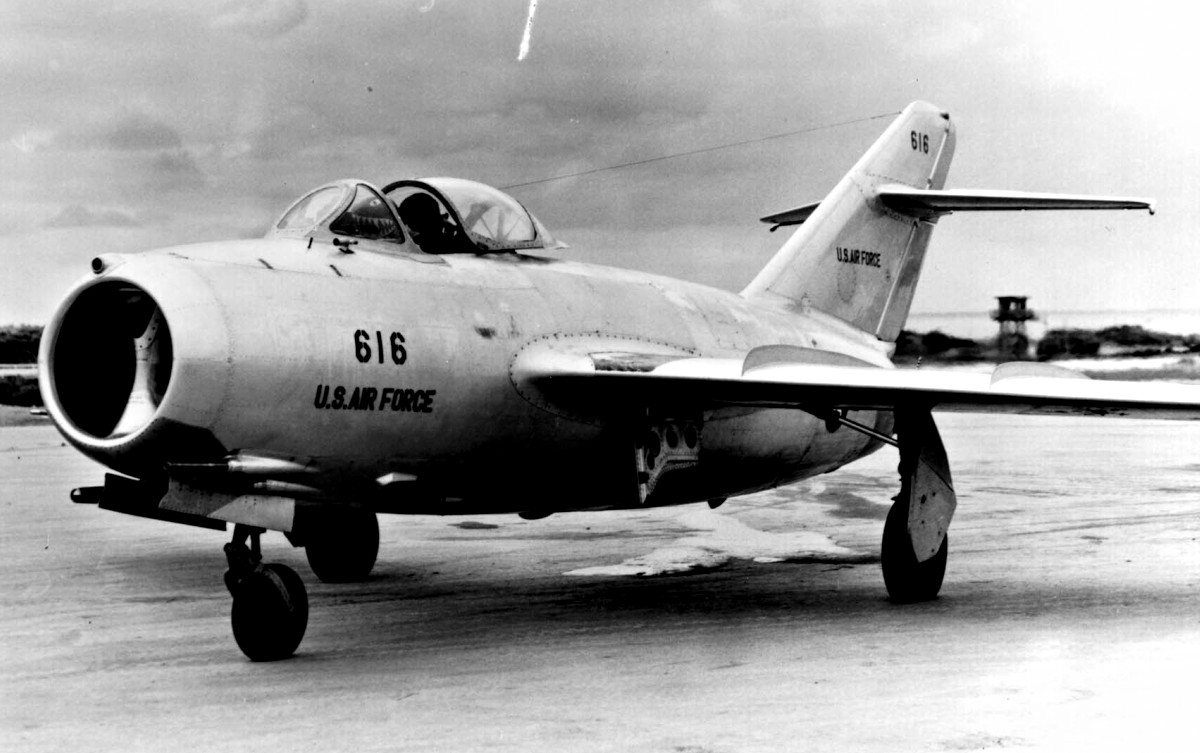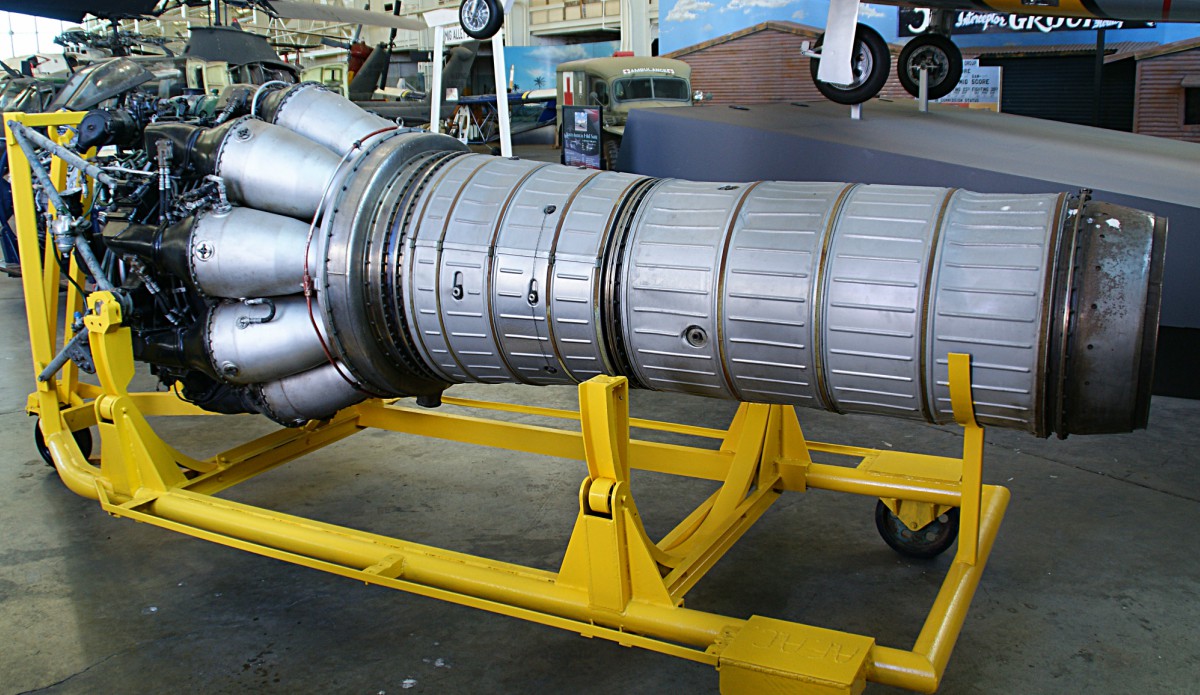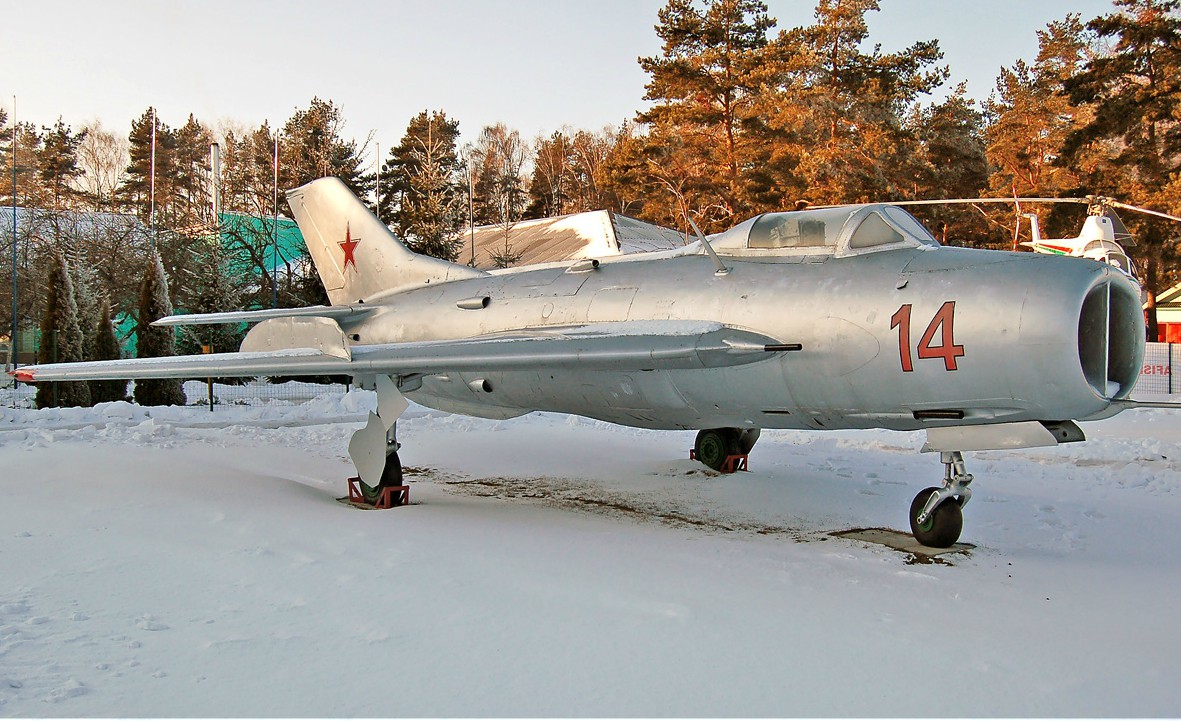Late in November of 1950, not long after the Korean Conflict began, a U.S. Air Force B-29 Superfortress was damaged by a MiG-15 during an attack on an airbase in North Korea. The F-80 escorts pursued, but the attacking aircraft stripped away from them with ease.
This was the first known appearance of a MiG-15 in combat. And it sent shockwaves through the U.S. Air Force.

Russian designers Mikoyan-Gurevich created the MiG-15 in 1946 with its first flight conducted in December of 1947. Russia’s desire for an aircraft to combat the devastating bombings by the massive but sluggish B-29s was answered. From the start, the fighter jet surprised the U.S. Military with its speed and climb rate. It was Russia’s first “all-new” aircraft and it challenged the United States’ air superiority. The MiG-15 was so effective it caused the U.S. to expedite delivery of the F-86 Sabre in order to reclaim its air dominance.
The MiG-15s rise to prevalence in Korea meant that Russian technology was spreading and China’s involvement in the Korean War was increasing. Over 12,000 MiG-15s were produced and flown in over 30 countries. They were used by China for more than two decades after the Korean War ended and are still flown today in air shows.
MiG-15 Engine
Officially, the VK-1 turbojet powered the MiG-15. However, the VK-1 was little more than a direct imitation of the Rolls-Royce Nene. In 1948, the British agreed to broker a number of Rolls-Royce Nene turbojets to the Soviet Union to be used strictly in non-combat situations. The Soviet manufacturer Klimov reverse-engineered the engine and added a few original Soviet touches, thus creating the VK-1, an all-new Russian engine for its first all-new fighter jet.

The VK-1, a centrifugal-flow engine, developed 5,952 lbs. of thrust. The differences between the Nene and the VK-1 were less about design and more about size. The VK-1 created larger combustion chambers, larger turbines, and increased airflow. Rolls Royce demanded restitution from the Soviets for licensing fees but was unsuccessful.
MiG-15 Armament
The MiG-15 was designed with bombers in mind. The weaponry outfitted on the plane was meant almost exclusively for B-29s. The MiG-15 had two Nudelman-Surenov 23mm cannons and one Nudelman 37mm cannon. These intimidating weapons, combined with unexpected speed and maneuverability, effectively chased out all piston-engine aircraft during the war. The F-80 and F-84 were still not much of a match for the MiG-15.
However, because of structural issues, the MiG-15 was not a good gun platform. The fighter had a problem with Dutch rolling because of wing flexing during high speeds.

MiG-15 Ejection Seat
The MiG-15 was the first Soviet aircraft to feature an ejection seat. With its high-powered jet engine, the speed the MiG-15 reached rendered any manual attempts at ejection as worthless. The pilots’ parachute doubled as the seat cushion above the ejection pan. Once detonated, explosive cartridges under the seat pan provided enough lift for the pilot to be lifted up over the vertical tail surface.
See MiG-15 Specifications
| Primary Function: Fighter |
| Unit Cost: N/A |
| Propulsion: Klimov VK-1 at 5952 lbs each |
| Length: 33 feet 3 inches (10.13 m) |
| Height: 11 feet 2 inches (3.40 m) |
| Wingspan: 33 feet, 1 inches (10.08 m) |
| Weight: Maximum takeoff: 11,270 lbs (5111.00 Kg) |
| Ceiling: 51,000 ft (15544.0 m) |
| Range: 1150 miles (1850 km) |
| Crew: Either 1 or 2 if Trainer was on board |
| Armament: Two 23mm cannons and one 37mm cannon, plus rockets or 2,000 lbs. of bombs |





